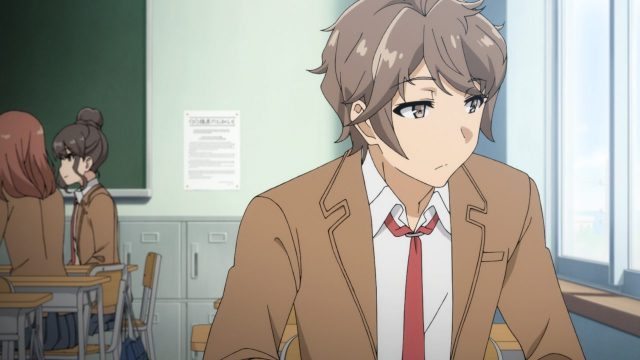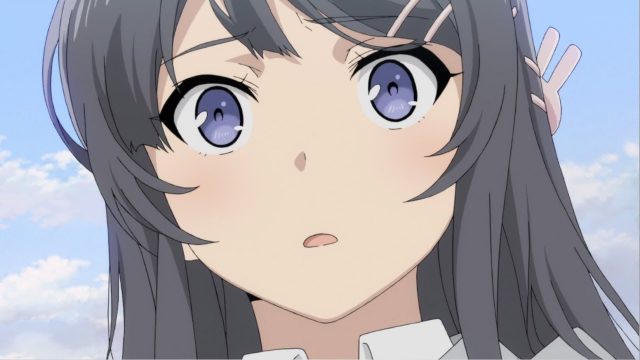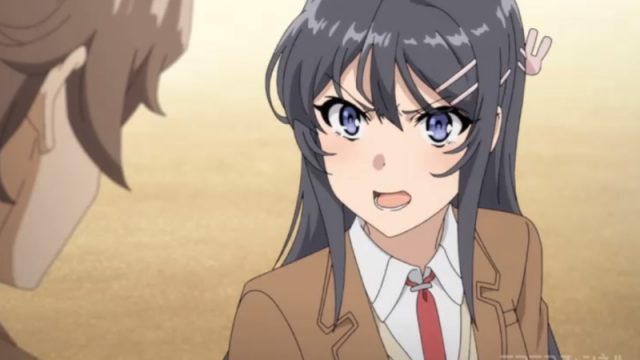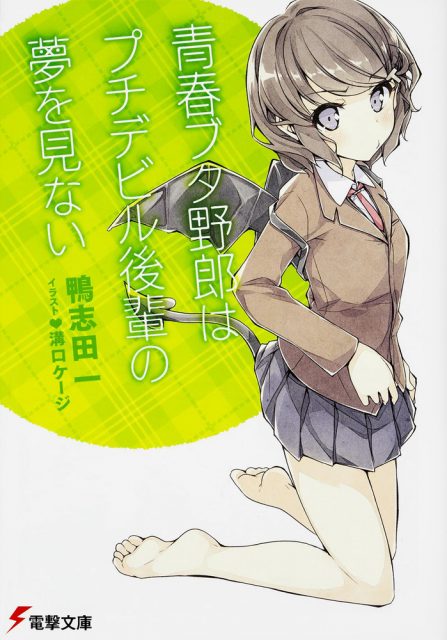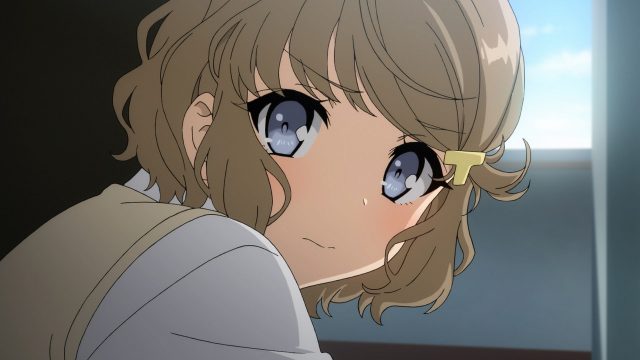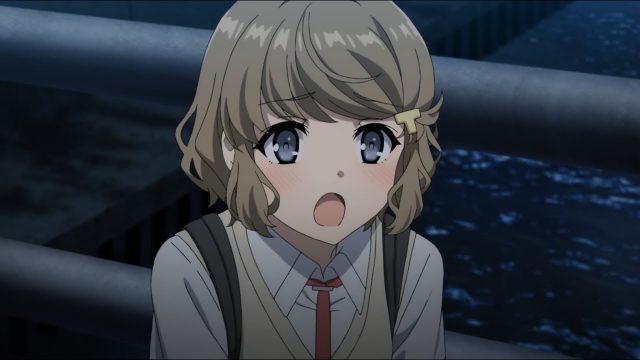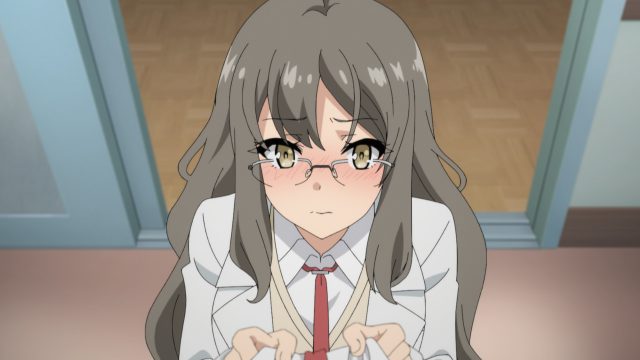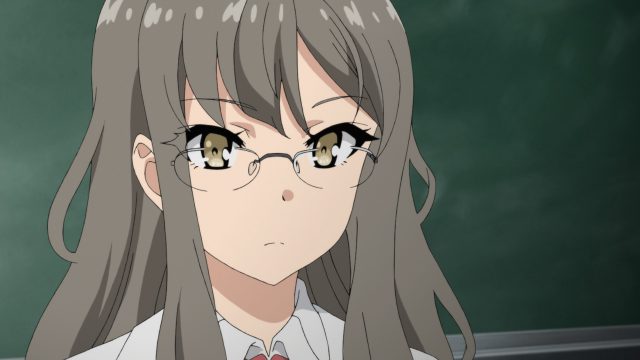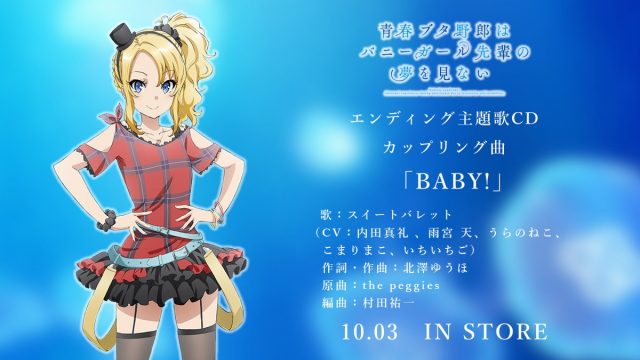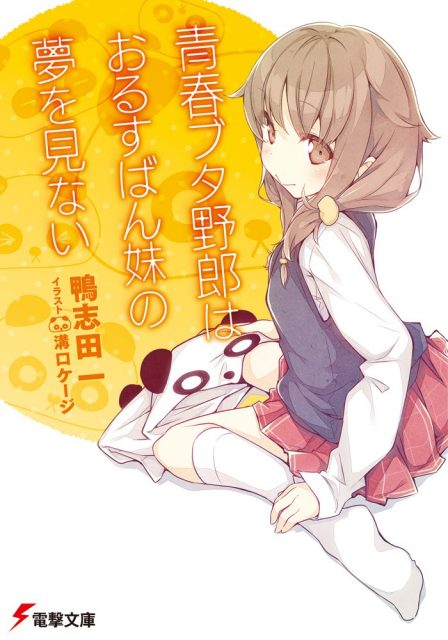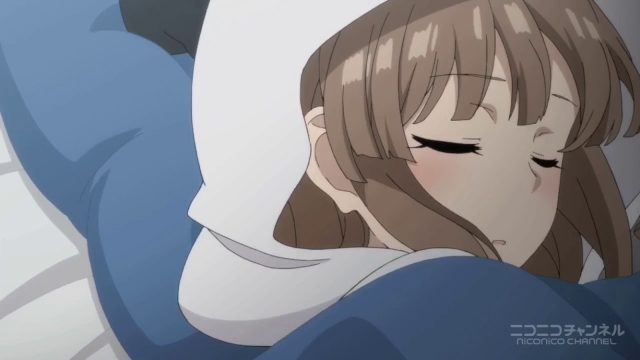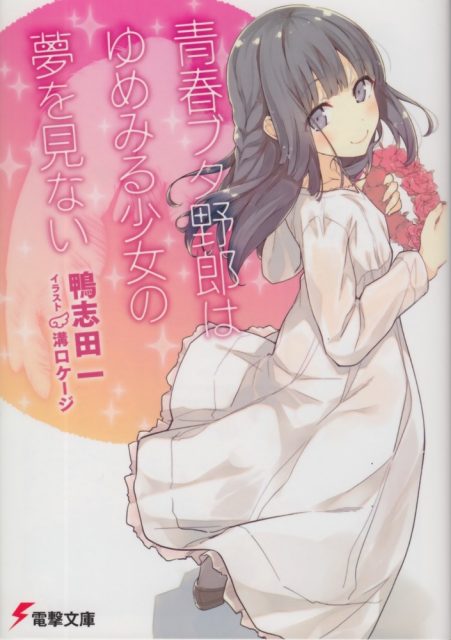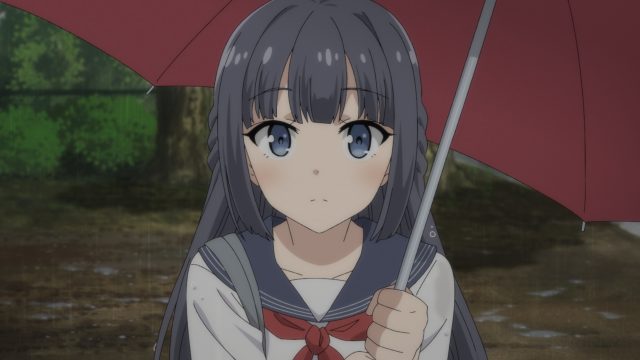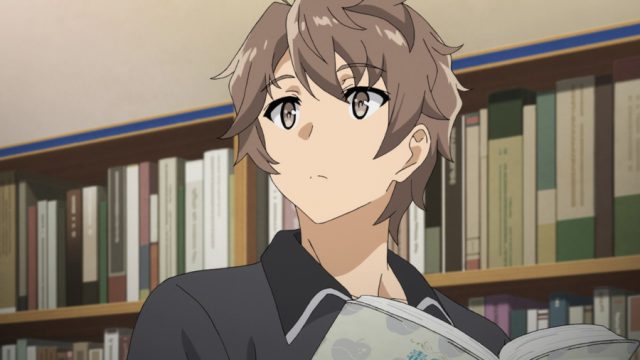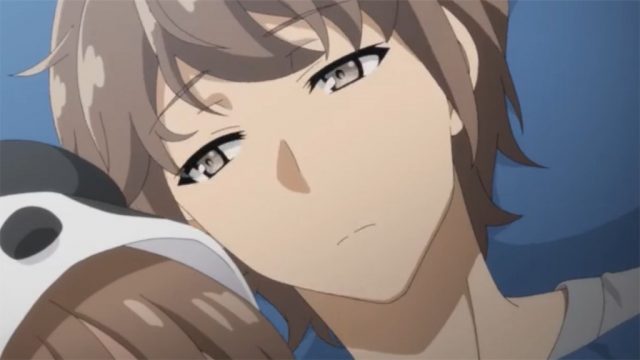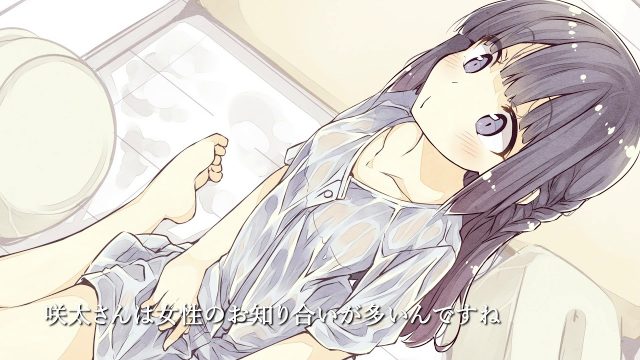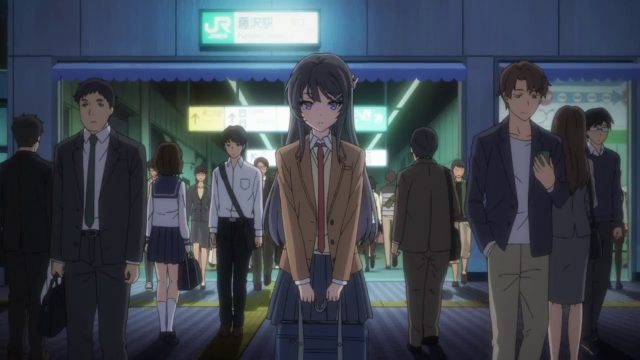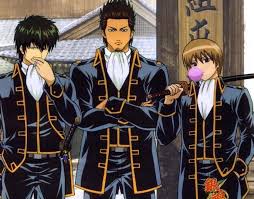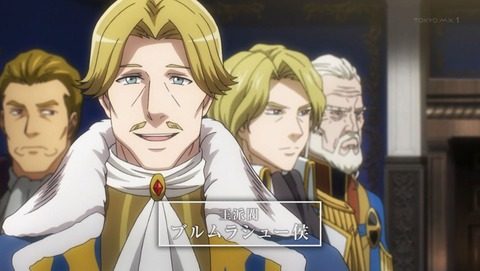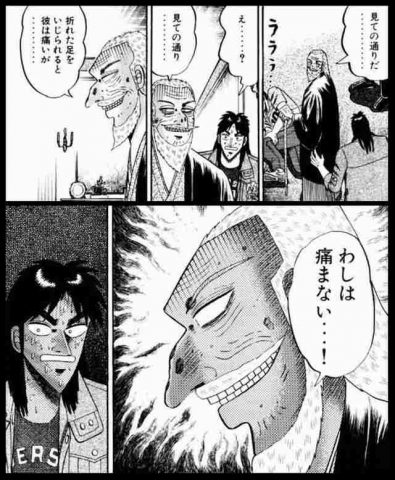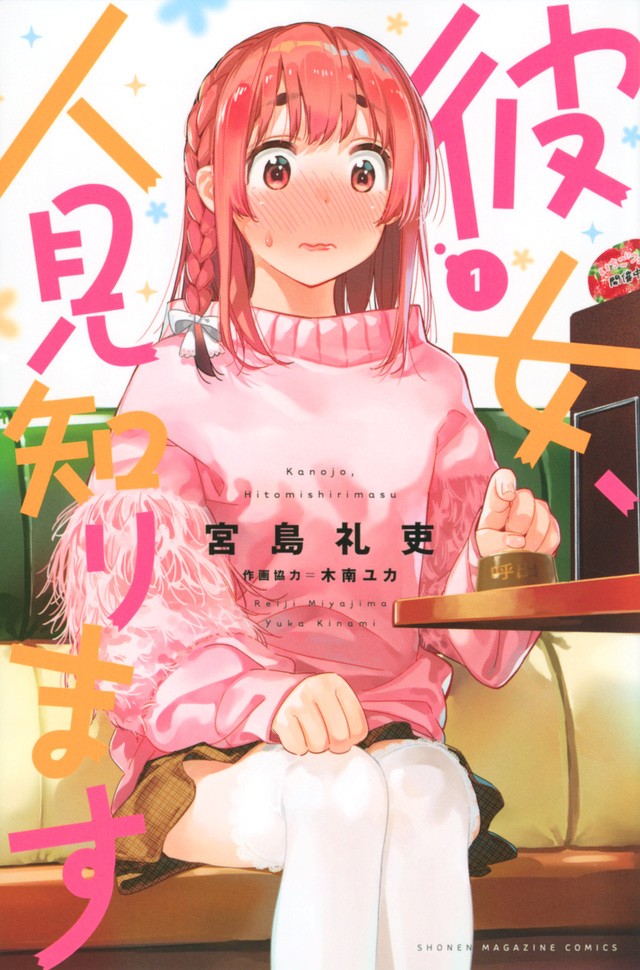Puberty Syndrome appears in Kamoshida Hajime's light novel series, Rascal Does Not Dream of Bunny Girl Senpai, and is a major influence on Sakuta Azusagawa and his friends. It is portrayed as something of an urban legend, in which the emotions felt by adolescent boys and girls manifest as mysterious phenomena, and its true nature and mystery are intriguing. Let's take a look at the symptoms of Puberty Syndrome that have appeared so far, what causes it to develop, and what the true nature and mystery are.
What is Puberty Syndrome that appears in the Rascal Does Not Dream of Bunny Girl Senpai series?
Puberty syndrome is treated as something of an urban legend in the series, and various mysterious symptoms manifest. The various worries and thoughts that these impressionable boys and girls carry with them lead to them suffering from adolescent syndrome, and how they fight and resolve this is a major highlight of the series. All of the characters in the "Rascal Does Not Dream of Bunny Girl Senpai" series are afflicted with adolescent syndrome, so let's take a closer look and consider the symptoms that each of them displays.
Adolescent Syndrome Developed by Mai Sakurajima
Mai Sakurajima plays the heroine in "Rascal Does Not Dream of Bunny Girl Senpai." She began her entertainment career at a young age and has become a popular celebrity. However, when her mother, who is her manager, signed a contract for gravure modeling, she had to temporarily suspend her entertainment activities. However, when she was in her third year of high school, she noticed that no one was paying attention to her at the aquarium, and gradually, not only did she lose her presence, but she also began to lose recognition from everyone, and she was forgotten.
I wished to go to a world where no one knew me
One of the reasons why Mai Sakurajima suffered from adolescent syndrome and developed symptoms that made her unrecognizable to everyone was due to the constant attention she received in the entertainment industry from a young age. He had a desire to go to a world where no one knew him, and at the same time, by leaving the entertainment industry, he began to develop adolescent syndrome. Not only did he no longer feel recognized by others, but his existence also faded from their memories, which gradually turned into a fear of "disappearing."
Sakuta Azusagawa's insensitive confession improves his condition.
The only person who offered to help was Sakuta Azusagawa, who offered to help due to his own past struggles with adolescent syndrome. Eventually, Azusagawa Sakuta himself forgets about Sakurajima Mai, but with advice from Futaba Rio, he makes a once-in-a-lifetime confession of love in front of the entire school. Until then, Sakurajima Mai had been treated like air, but Azusagawa Sakuta's confession forces people to recognize her existence, and the world regains Sakurajima Mai.
Puberty Syndrome Developed by Tomoe Koga
Tomoe Koga plays the heroine in "Rascal Does Not Dream of Little Devil Kohai." A girl who arrived from Fukuoka upon entering high school was part of a central group in her class, but she forced herself to go along with the conversation, not wanting to lose her friends. However, when the leader, Rena, is confessed to by Maezawa-senpai, whom she has a crush on, she develops adolescent syndrome that causes her to relive the same day over, out of fear of being kicked out of the group.
Pleasing everyone can trigger adolescent syndrome
Tomoe Koga's adolescent syndrome is largely due to her desire to maintain relationships with her friend group and her complexes about her past self. In order to stay in the circle, it is impossible for the guy her friend has a crush on to confess his feelings to her. It also comes from the fact that she wants to cherish the new person she has become since entering high school. In other words, she creates a place for herself by constantly checking other people's moods.
Tomoe Koga: The Brave One to Decide Her Own Future
To maintain her place in the world, Tomoe Koga and Sakuta Azusagawa enter into a fake relationship until the end of the first semester. However, when the final ceremony of the first semester comes and their relationship ends, the same day starts to loop over and over again. Although their relationship is fake, Koga Tomoe begins to develop genuine feelings for Azusagawa Sakuta after spending so much time with him. With the relationship ending, she develops adolescent syndrome out of fear that she will once again be alone. However, Azusagawa Sakuta teaches her to muster up her courage, and she is freed from adolescent syndrome.
Puberty Syndrome Developed by Rio Futaba
Rio Futaba plays the heroine in "Rascal Does Not Dream of a Logical Witch." One of Azusagawa Sakuta's few friends, she has feelings for his best friend, Kunimi Yuuma. However, Kunimi Yuuma is already dating Kamisato Saki, and she has kept her unrequited feelings to herself ever since. One day, Futaba Rio's doppelganger phenomenon is triggered by a social media account.
The loneliness of being alone creates a doppelganger
Rio Futaba's social circle is similar to Sakuta Azusagawa's: limited. The only people she had any feelings for were Azusagawa Sakuta and his best friend Kunimi Yuma, and she especially had feelings for Kunimi Yuma. However, as mentioned above, Kunimi Yuma already had a girlfriend. Furthermore, Azusagawa Sakuta also started a relationship with Sakurajima Mai, which made Futaba Rio feel lonely and like "no one will pay any attention to me," which led to the onset of adolescent syndrome.
The Difficulty of Facing and Accepting Oneself
While they may live a low-key life in their daily lives, they can create and project a new self on social media. This was the cause of the creation of Rio Futaba's doppelganger, and although the two looked the same, they had completely different personalities. However, both were Rio Futaba, and by accepting that both her positive and negative personalities were part of her, her adolescent syndrome was resolved. However, accepting her other self was extremely difficult, and Rio Futaba continued to suffer until she was able to give up in a positive way.
Adolescent Syndrome Developed by Toyohama Nodoka
Toyohama Nodoka plays the heroine in "Rascal Does Not Dream of a Siscon Idol." Sakurajima Mai's half-sister and a member of the up-and-coming idol group "Sweet Bullet," she is also an admitted sister complex. When she moves into the apartment where Sakurajima Mai lives, they are hit by an adolescent syndrome that causes their bodies to be swapped. Eventually, they fulfill their respective roles, but they also come to understand the weight of the expectations and pressures placed on each other.
Toyohama Nodoka, Desperate to Please Her Mother
Mai Sakurajima and Nodoka Toyohama share a complicated relationship as half-sisters. Her half-sister, Toyohama Nodoka, admires Sakurajima Mai but also harbors a complex about her. The story depicts a conflict between their two mothers, with the focus being on the two women, who are active in the entertainment industry, as a proxy war. Toyohama Nodoka believes she can make her mother happy by becoming Sakurajima Mai, but after the body swap, as she spends her time as Sakurajima Mai, she begins to feel the incredible expectations and pressure of those around her. Furthermore, she becomes so mentally overwhelmed that she hyperventilates during a commercial shoot.
Realize yourself as you are
Nodoka Toyohama has always tried to please her mother despite being compared to her, but she realizes that no matter how hard she tries, she will never get used to Mai Sakurajima. At the same time, once she understands the feelings of her mother who pushed her to become an idol, her adolescent syndrome begins to show signs of improvement. Eventually, Toyohama Nodoka realizes that "if I follow my own path and achieve success, I can make my mother happy," and she begins to establish her own identity.
Adolescent Syndrome Developed by Kaede Azusagawa
Kaede Azusagawa plays the heroine of "Rascal Does Not Dream of Bunny Girl Senpai." In the story, Azusagawa Kaede suffers from an adolescent syndrome in which reading slanderous comments about her on social media causes her body to develop scars. Since then, Azusagawa Kaede has become a reclusive girl who never goes outside, but she sets a goal to break free from her reclusive lifestyle. However, no matter how hard she tries to leave the house, she experiences symptoms such as fever, bruises, and scars due to stress.
Kaede Azusagawa is a character created at the suggestion of Sakuta Azusagawa.
Kaede Azusagawa was an alternate personality born when she developed a dissociative disorder at the age of 13. However, her brother, Sakuta Azusagawa, suggested that she continue living as "Kaede," and she continued to exist until November 26th. Despite her physical injuries caused by adolescent syndrome, Kaede Azusagawa desperately tries to get out of the house. However, this is only because she wants Sakuta to be proud of "making his sister's dream come true." Once her goal is achieved, she disappears and returns to her original self, "Kaede Azusagawa."
Has Kaede Azusagawa Overcome Adolescent Syndrome?
As Azusagawa Kaede works hard to reintegrate into society, her fear of being unable to go outside overcomes her fear of being ridiculed for being a hikikomori. As a result, the adolescent syndrome was eradicated and the "Kaede" personality disappeared. However, since they no longer share memories, Azusagawa Hana Kaede is in the same state as she was two years ago, so although she is a little more positive, she may still need to continue to fight the adolescent syndrome.
Shoko Makinohara's Adolescent Syndrome
Shoko Makinohara was Sakuta Azusagawa's first love and had a major influence on his life. She is the heroine of "Rascal Does Not Dream of First Love" and "Rascal Does Not Dream of a Dreaming Girl." Sakuta Azusagawa enrolled in Minegahara High School in order to meet Makinohara Shoko, but when he checked the register, there was no record of her being enrolled. However, Makinohara Shoko, who is supposed to be older, appears as a middle school student after the incident with Koga Tomoe is over.
Shoko Makinohara, who suffered from a serious heart condition
Shoko Makinohara, whom I met as a middle schooler, was a girl who had been suffering from a heart condition since birth. However, it is revealed that the Makinohara Shoko that Azusagawa Sakuta met in the past is the same person, and the one he met in the past was Makinohara Shoko, who received his heart transplant. In an attempt to save Azusagawa Sakuta's life, she tries to create a future in which they never meet. However, when Azusagawa Sakuta alters the past, Makinohara Shoko, now a middle school student, is able to successfully receive the heart transplant and moves to Okinawa to recuperate.
Whether she suffered from puberty syndrome is a mystery
Whether Shoko Makinohara suffered from puberty syndrome is a mystery. However, rather than going back in time to change the future, it is more realistic to change the future from the present, as can be seen in the episode with Koga Tomoe. Just when Azusagawa Sakuta thought he had safely completed the first semester, he woke up to find himself back on June 27th. If we recall the story of "Laplace's Demon," Makinohara Shoko has been suffering from adolescent syndrome since she was in elementary school, and it is thought that she has been interfering with Azusagawa Sakuta in the future.
Adolescent Syndrome Developed by Sakuta Azusagawa
In the "Rascal Does Not Dream of Bunny Girl Senpai" series, protagonist Sakuta Azusagawa battles and resolves various adolescent syndromes. He also suffers from puberty syndrome, and is left with three slash-like scars on his chest. He hadn't shown any symptoms until then, but the symptoms appeared again when his father and Azusagawa Kaede reunited and when he met Makinohara Shoko in the hospital room, causing him to bleed and suffer pain.
A sense of loss is a major trigger
Sakuta Azusagawa's first adolescent syndrome occurred when Hana Azusagawa was being bullied. The second time was when Azusagawa Kaede disappeared. Both times, Azusagawa Sakuta was under a lot of stress and felt a sense of loss that he might no longer have anyone who understood him. The first time, Kaede was someone who accepted him, and the second time, Makinohara Shoko's words helped him accept reality, and his symptoms subsided.
The trigger was two hearts that shouldn't exist.
In "Rascal Does Not Dream of First Love," Sakuta Azusagawa appears to be experiencing his third adolescent syndrome. This was because his heart, which was supposed to have been transplanted into Makinohara Shoko, ended up existing twice in the same world, causing pain and bleeding. Normally, if they were attached together, they shouldn't be in the same world line, but the situation eventually resolves and nothing bad happens.
Does the scar on his chest represent his family?
With the exception of Shoko Makinohara, Sakuta Azusagawa's chest scar appears whenever his family is involved. The main reason he suffered from adolescent syndrome was probably because he was unable to accept his parents, who refused to take his sister's wounds seriously, believing them to be self-inflicted. Each of these represents three people: his father, mother, and Hana Kaede, and the feeling that they didn't understand him may have resulted in the three scars in his heart.
What is the true nature of adolescent syndrome?
In the examples of Mai Sakurajima, Tomoe Koga, and Rio Futaba, the dark emotions harbored by impressionable adolescent boys and girls manifest as mysterious phenomena. While these are each individual's aspirations, they can also be seen as trials in the process of growing up. Sakurajima Mai talks it out with her mother, Koga Tomoe firmly rejects the confession, and Futaba Rio accepts herself. Up until then, they had pretended not to see or ignored things like children, but by facing reality and showing a "mature response," things improve. In other words, overcoming adolescent syndrome may mean taking a step towards adulthood.
Summary
Following the story of the "Rascal Does Not Dream of Bunny Girl Senpai" series will captivate you with the charm of the characters and also reveal the depth of the story. It's especially interesting when you see something that everyone has experienced, growing from a child to an adult, and how they change as they go through puberty syndrome. I recommend you read the entire original series, and then watch the anime and movie adaptations from cover to cover.
![]()

